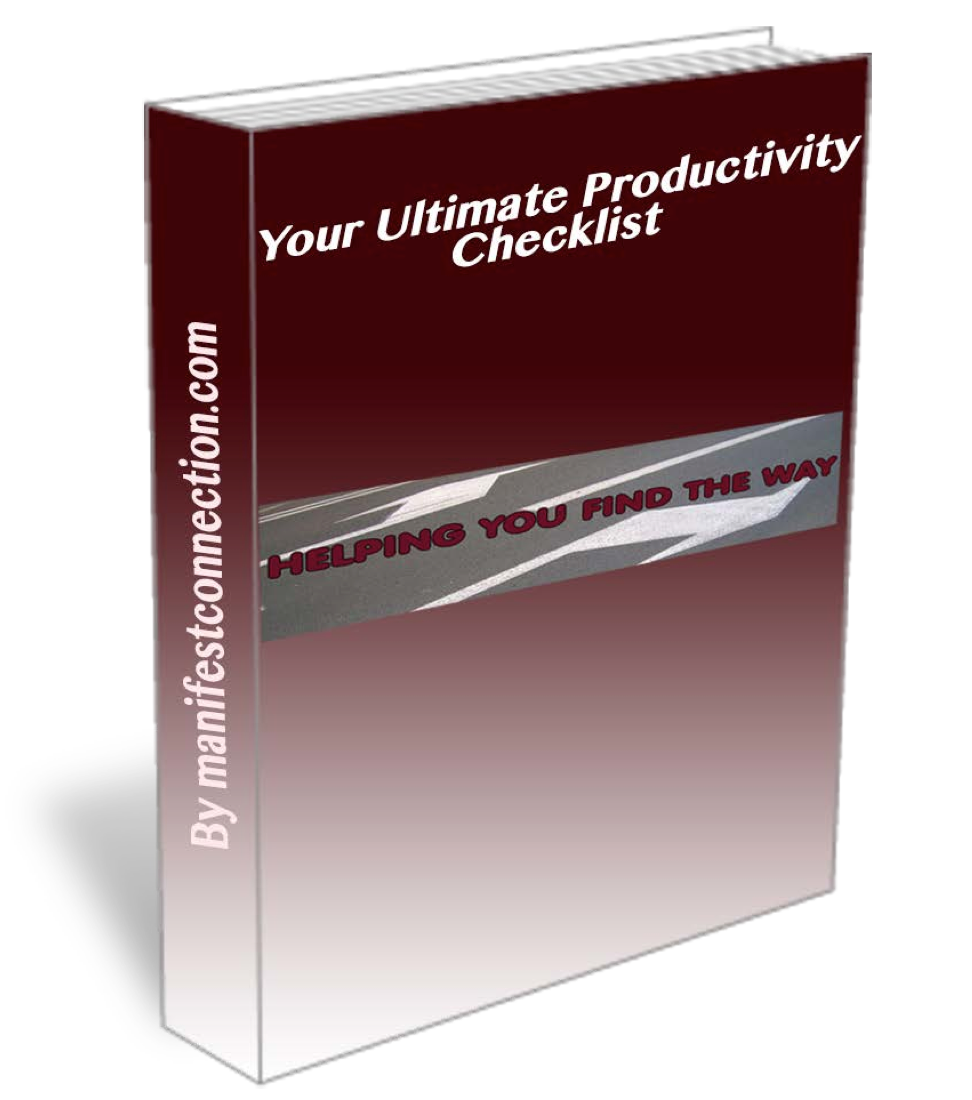What Is Conflict And How Do You Deal With It

In the dictionary, conflict is defined as a serious disagreement or argument – and usually one that carries on for a period of time. However, this is a pretty simple description of the phenomenon. In reality, conflict can be created from the perceptions that the people involved have about the disagreement and what they need to get out of it.
Because there can often be a gap between the actual disagreement and what the parties perceive is going on, the situation can worsen. People attribute motives that may not actually be there. They may misunderstand the reasons for certain actions being taken. Or they may assume that the other parties are targeting them deliberately. These elements grow in size and pace until they take on the attributes of a runaway train – and the longer it’s left unattended, the harder it is to stop.
All of these perceptions act as a smokescreen for the true reasons for the conflict. This means that anyone who wants to understand what conflict is in any given situation has to cut through the emotional upsets and mistaken assumptions in order to get to the real reasons for the dispute.
How to Spot Conflict in Motion
Whether conflict occurs in a workplace, social or community setting, the first point to appreciate is that it’s more than a one-off argument. If you feel that you have to get involved in every disagreement that occurs, you may be resented for interfering and may actually prevent people from working through the issues they have.
Here are some questions to ask in order to identify conflict correctly:
- How important do people think the dispute is in their lives? In serious examples of conflict, the parties involved are defending their position because they think they are being threatened. They may fear losing their job, status, marriage or standing.
- Do people give you very different versions of events and motives within the situation? This suggests that their perceptions of the conflict are off the mark and will probably not be managed without some kind of independent intervention.
- Do the parties involved have any idea how to resolve the conflict? Most of the time, they will have developed ‘tunnel vision’ and will have a very limited view of what can be done to fix the problem.
- Do the people understand the impact the conflict is having on their circumstances and of those who are around them? They often lose sight of this, but the dispute could be affecting colleagues, partners and family badly.
How to Stop Conflict in its Tracks
Creative problem solving strategies are required to understand and tackle conflict. Conflict handling techniques often shift thinking away from competing and winning to compromising and collaborating.
Facilitation and mediation are important tools in learning what the true reasons are behind a conflict situation. These encourage the parties involved to think carefully about other people’s perceptions and to be honest about what they really want to do about the dispute. Once the misguided assumptions and emotional responses are cleared, the mediator can help the parties gain control of their disagreements and put them on the track to resolution.
Katherine Graham has 22 years’ experience in the field of workplace dispute resolution. She was made Managing Director of CMP Resolutions in 2009; prior to this she was CMP’s Director of Dispute Resolution. She has delivered more than 400 mediations, often working at the most senior level mediating complex disputes between directors, partners, and CEOs.
Image: Hammer and sickle





0 Comments